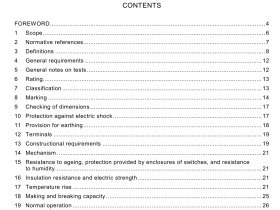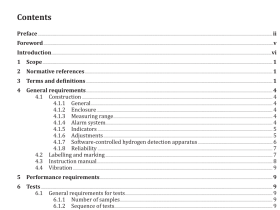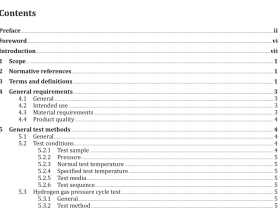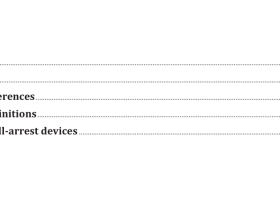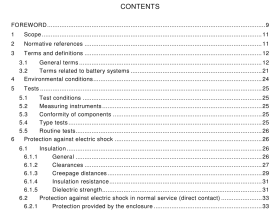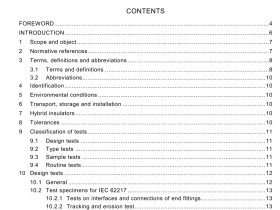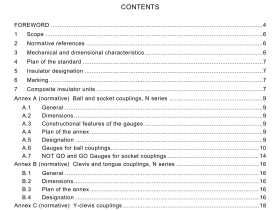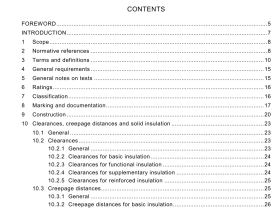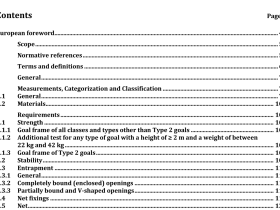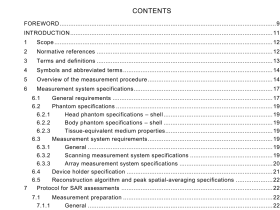AS 2805.6.5.3 pdf download
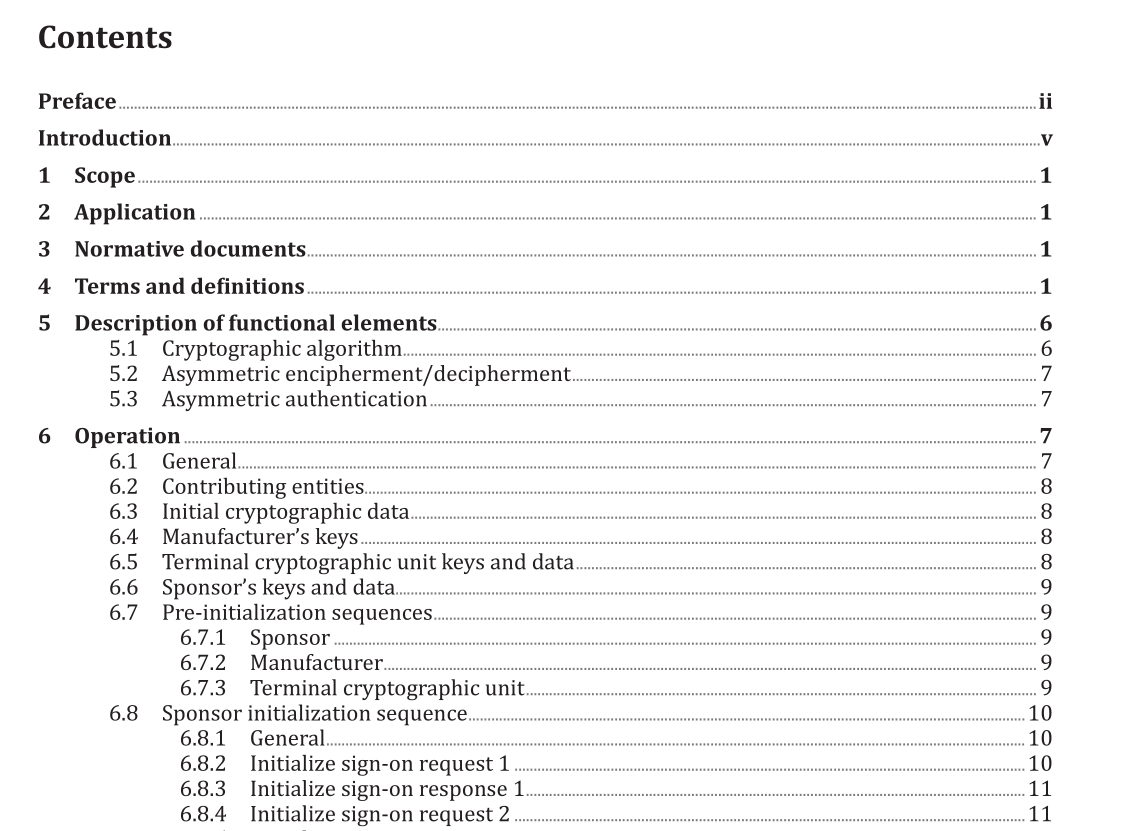
AS 2805.6.5.3 pdf download.Electronic funds transfer — Requirements for interfaces
1 Scope
This Standard defines the interface and method to initialize remotely a terminal cryptographic unit (TCU). This Standard provides a method that removes the requirement for visits by agents of sponsors and acquirers during the life of a TCU for the purpose of initialization of key management cryptographic variables. This Standard defines the technique by which TCUs can be remotely initialized. Initialization is limited to cryptographic initialization of the first symmetric key of the key management scheme used between the TCU and each acquirer. This Standard minimizes the probability of initialization of TCUs unknown to the sponsor.
2 Application
This Standard is intended for use wherever secure, remote terminal initialization is required and where the TCU is not required to be delivered via a sponsor’s facility. This Standard shall be used in conjunction with the key management scheme requirements in AS 2805.6.2 and AS 2805.6.4.
4 Terms and definitions
For the purpose of this document, the following terms and definitions apply.4.1 acquirer institution, or its agent, which acquires from the card acceptor the financial data relating to the transaction, and which may initiate that data into an interchange system 4.2 acquirer initialization key KIA DEA 3 key established in the TCU during its initialization process, and used to establish an initial key for the key management scheme between the TCU and acquirer Note 1 to entry: The key for acquirer “n” is denoted KIA n . 4.3 acquiring institution identification code AIIC code used to uniquely identify the acquiring institution 4.4 algorithm clearly specified mathematical process for computation and a set of rules which, if followed, will give a prescribed result 4.5 asymmetric cryptographic algorithm cryptographic algorithm that uses two related keys, a public key and a private key Note 1 to entry: The two keys have the property that, given the public key, it is computationally infeasible to derive the private key. 4.6 asymmetric key pair two related keys, called the public key and the private key, which are used with the DEA 2 asymmetric algorithm Note 1 to entry: DEA 2 is specified in AS 2805.5.3. 4.7 authentication process used between a sender and a receiver, to ensure data integrity and to provide data origin authentication 4.8 card parameter table CPT see card prefix acquirer table (4.9) 4.9 card prefix acquirer table CPAT table containing a number of elements used to check the validity of the use of a financial transaction card against a number of criteria Note 1 to entry: It also provides the acquirer institution identification code (AIIC n ), which may be used to derive the KIA n for acquirer “n” in a multi-acquirer implementation. Note 2 to entry: Also referred to as card parameter table (CPT). Note 3 to entry: Refer to AS 2805.11 for more information.4.10 certificate public key and identity of an entity together with some other information rendered unforgeable by signing the certificate with the private key of the certifying authority, which issued that certificate 4.11 ciphertext plain text or cleartext data that has been enciphered 4.12 confidentiality confidential nature of data which requires protection against unauthorized disclosure 4.13 cross acquirer key KCA initial DEA 3 key generated by the sponsor and established between the TCU and sponsor during the initialization process Note 1 to entry: It is used to establish a unique key per acquirer. 4.14 cryptographic key parameter that determines the operation of a cryptographic function such as — (a) the transformation from cleartext to ciphertext and vice versa; (b) synchronized generation of keying material; or (c) digital signature computation or validation 4.15 data encipherment algorithm DEA algorithm designed to encipher and decipher blocks of data Note 1 to entry: For DEA 2 refer to AS 2805.5.3, for DEA 3 refer to AS 2805.5.4. 4.16 date time stamp DTS date and time provided by the TCU (optional) 4.17 decipherment see decryption (4.18) 4.18 decryption process of transforming ciphertext (unreadable) into cleartext (readable) Note 1 to entry: Also referred to as decipherment.
